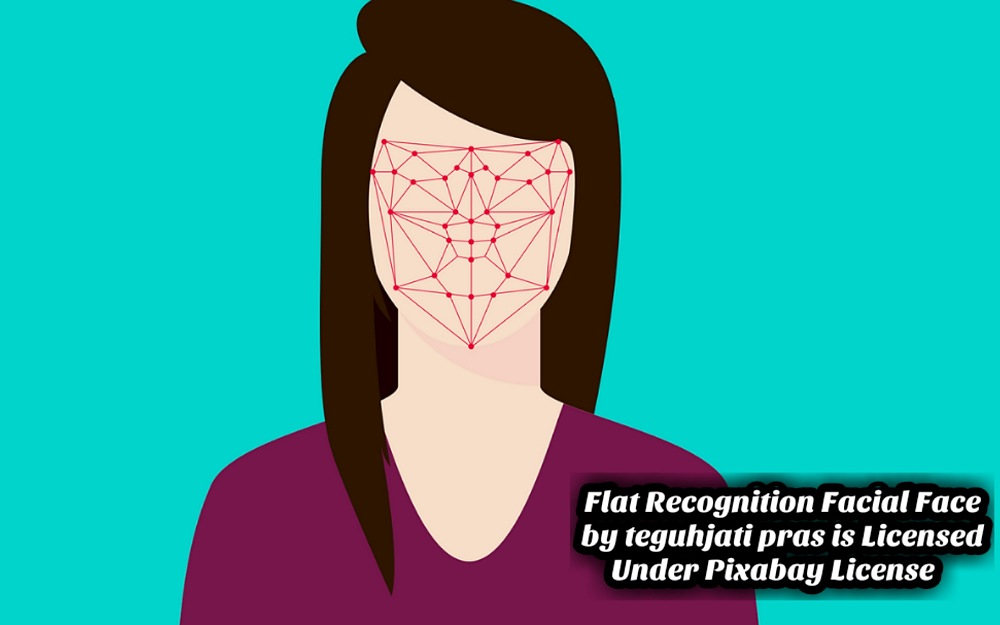By Debdutta Ghosh

Human rights organizations in India have been opposing the plans of the Indian government to extensively use facial recognition technology for law and order purposes.
After news emerged in December last year that the Delhi police was clandestinely using facial recognition technology and CCTV footage from the city screen people even for public political rallies by matching facial images of thousands of people with previous footage filmed at during various events of protests against the government in the city, there was a opposition to such usage. Arguing that such usage could be misused by authorities to meet ulterior motives, human rights bodies had raised objections to the use of facial recognition by police and other security agencies.
There was also opposition against the plans of the government to prepare the largest facial recognition system of the world in India through the National Crime Records Bureau (NCRB).
Such opposition apparently has seemingly made the Indian authorities – more specifically the NCRB, has revised the tender that it had published for procurement of technology for a nationwide automated facial-recognition system.
According to the wordings of the revised document, “this project does not involve installation of CCTV cameras nor will it connect to any existing CCTV camera anywhere”.
According to analysts, this change in wording and attitude of this government agency marks a stark change from its earlier model of the request for proposal (RFP) which laid stress on the ability of the technology to extract information from CCTV cameras. In the earlier tender notice, the NCRB had mentioned that the practical requirement would be to “capture face images from CCTV feed and generate alerts if a blacklist match is found”. The new tender also removed a previous mention of the requirement of the new system to be able to manage a database of images collected from sources like police raids and newspaper articles.
The changed requirement now lays much less focus on the requirement of “interfacing ability to analyze data on images/visuals on crime and criminals from various sources”.
The NCRB has stated that the final date for companies willing to bid for the project is August 6, 202 which is the ninth time occasion that the NCRB has changed dates since it was first opened for public bidding during the middle of last year.
Currently there is no framework that is officially recognized or authorized in India for implementing and enforcing artificial intelligence based facial recognition technologies. The new revised tender also has no mention of any possibility of any legal framework for the use of such facial recognition system in the country.
This is the cause of concern for human rights groups in India as they fear that in the absence of an established legal framework, this technology is open to be severely misused.
While the new revised notification form NCRB does mention the scrapping of government plans of development of a brand new database with the use of photographs from newspapers, raids, and many others, it does stress on the use of photographs and movies in bodily and digital type for matching people’s faces while conducting searches.
Compared to the previous model, the new requirements have brought in a change in the velocity and accuracy parameter of the facial-recognition system with the inclusion of clauses to allow incorporation of fewer being able to take a look at instances.
The new RFP has also included police forces form the Union Territories and other ‘law enforcement agencies’ as stakeholders of the project in addition to the police forces of the different states of the country, the Ministry of Home Affairs and the NCRB itself.
The new rules mention that the hardware for the new system will be located at more places including the data centre of the NCRB in New Delhi and the offices of the Disaster Recovery Centre at Pune, Hyderabad, Bhubaneswar or “any other locations”. Previously, the hardware was to be installed only at the headquarters of the NCRB.
The new facial recognition system, after setting up, will be accessible through PCs as well as handheld devices. The 1:1, 1:N and N:N combinations would be used to verify the identity of a person and would also be able to provide facial matching based on textual attributes. The previous requirement only mentioned the system to be able to conduct 1:1 and 1:n searches.
In addition the new requirement has scrapped an earlier requirement of the system to be able to work with Open Network Video Interface Forum (ONVIF) cameras, which essentially are IP based surveillance cameras. However the new requirements mention that it should be compatible to track images from “visuals on crime and criminals” that are collected across the country compared to the older requirement of being able to match faces only from photographs.
The new requirements have also eased the pre-qualification standards for participation in the bidding process to an extent by reducing the minimum annual turnover and the number of years of experience levels of a participating company, as was required previously. This has paved the way for Indian startups to participate in the bidding.
Escaping from Scam Center on Cambodia’s Bokor Mountain
UN Security Council Meets to Discuss Children and Armed Conflict
10 Shocking Revelations from Bangladesh Commission’s Report About Ex-PM Hasina-Linked Forced Disappearances
Migration Dynamics Shifting Due to New US Administration New Regional Laws
UN Security Council Meets to Discuss the Maintenance of International Peace and Security and Artificial Intelligence
Winter Brings New Challenges for Residents living in Ukraine’s Donetsk Region
Permanent Representative of Israel Briefs Press at UN Headquarters
Hospitals Overwhelmed in Vanuatu as Death and Damage Toll Mounts from Quake
Subscribe Our You Tube Channel
Fighting Fake News
Fighting Lies

















